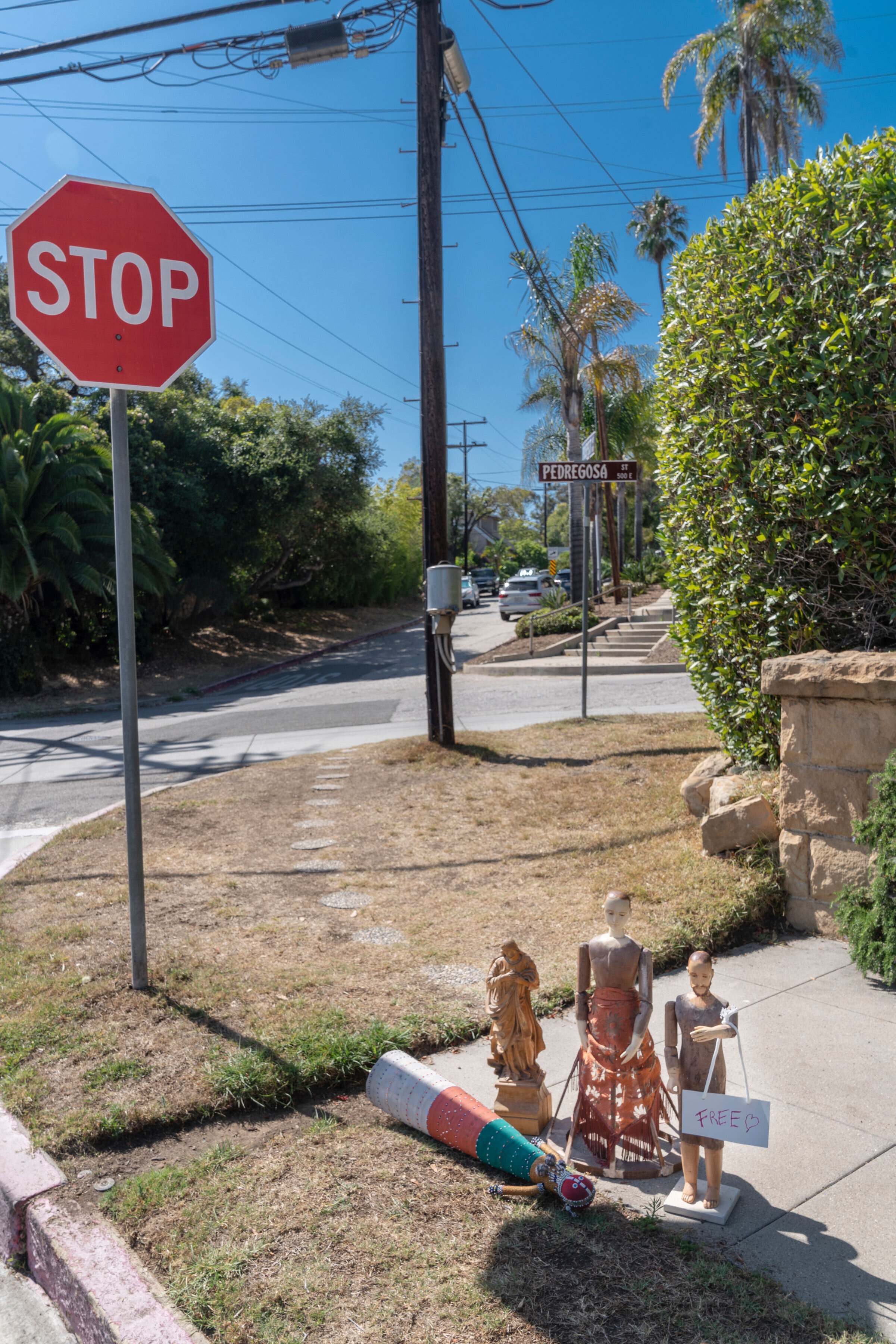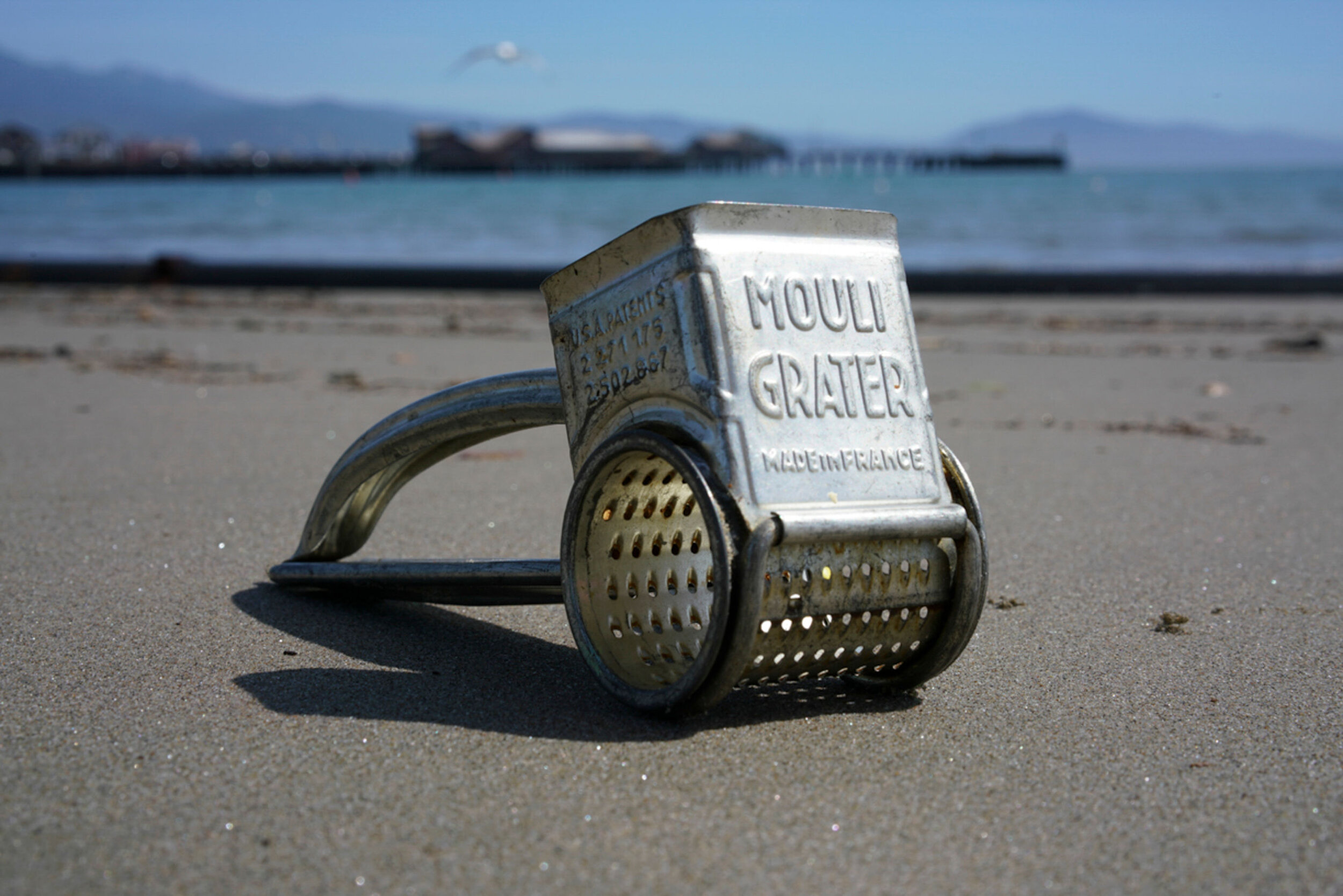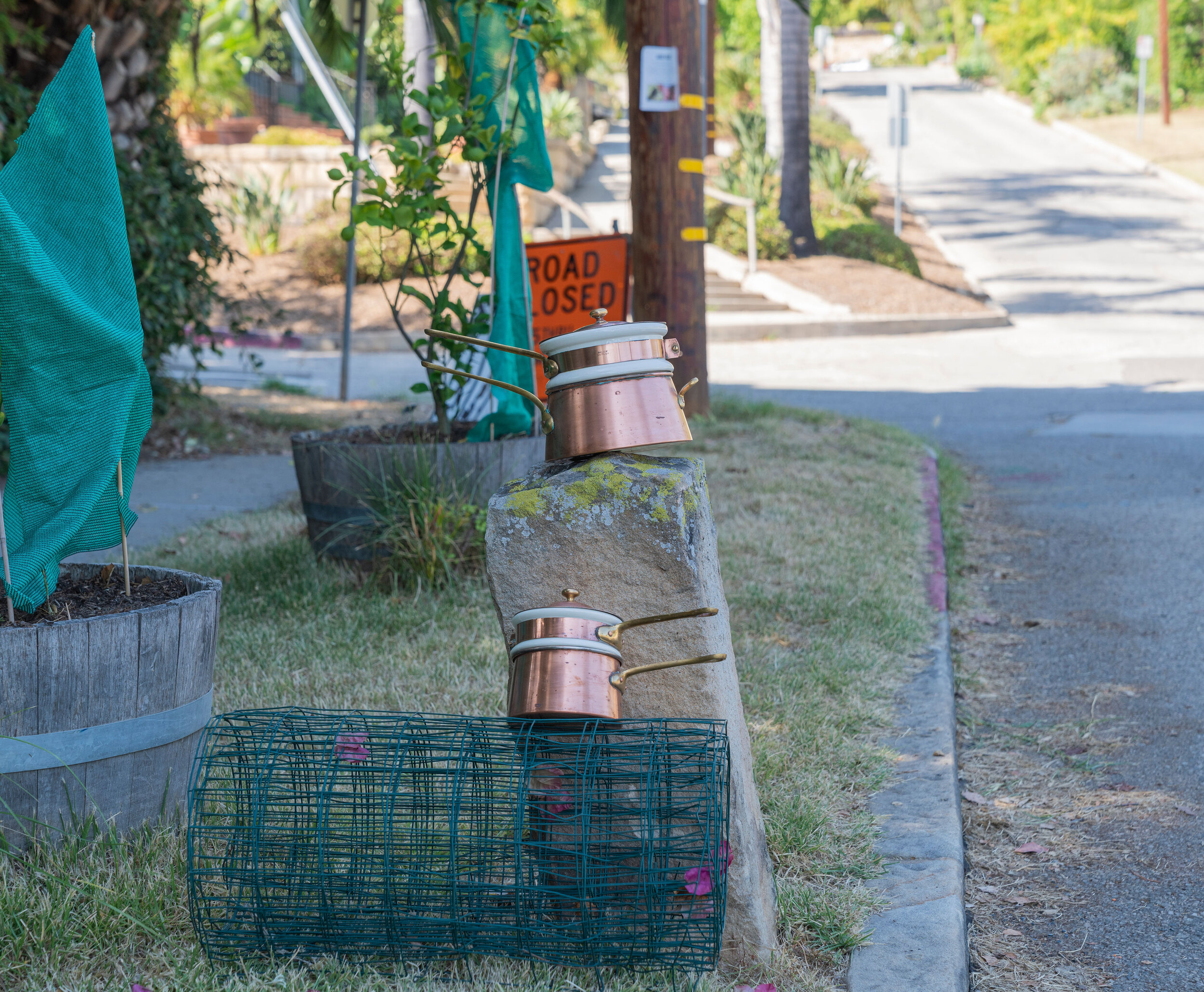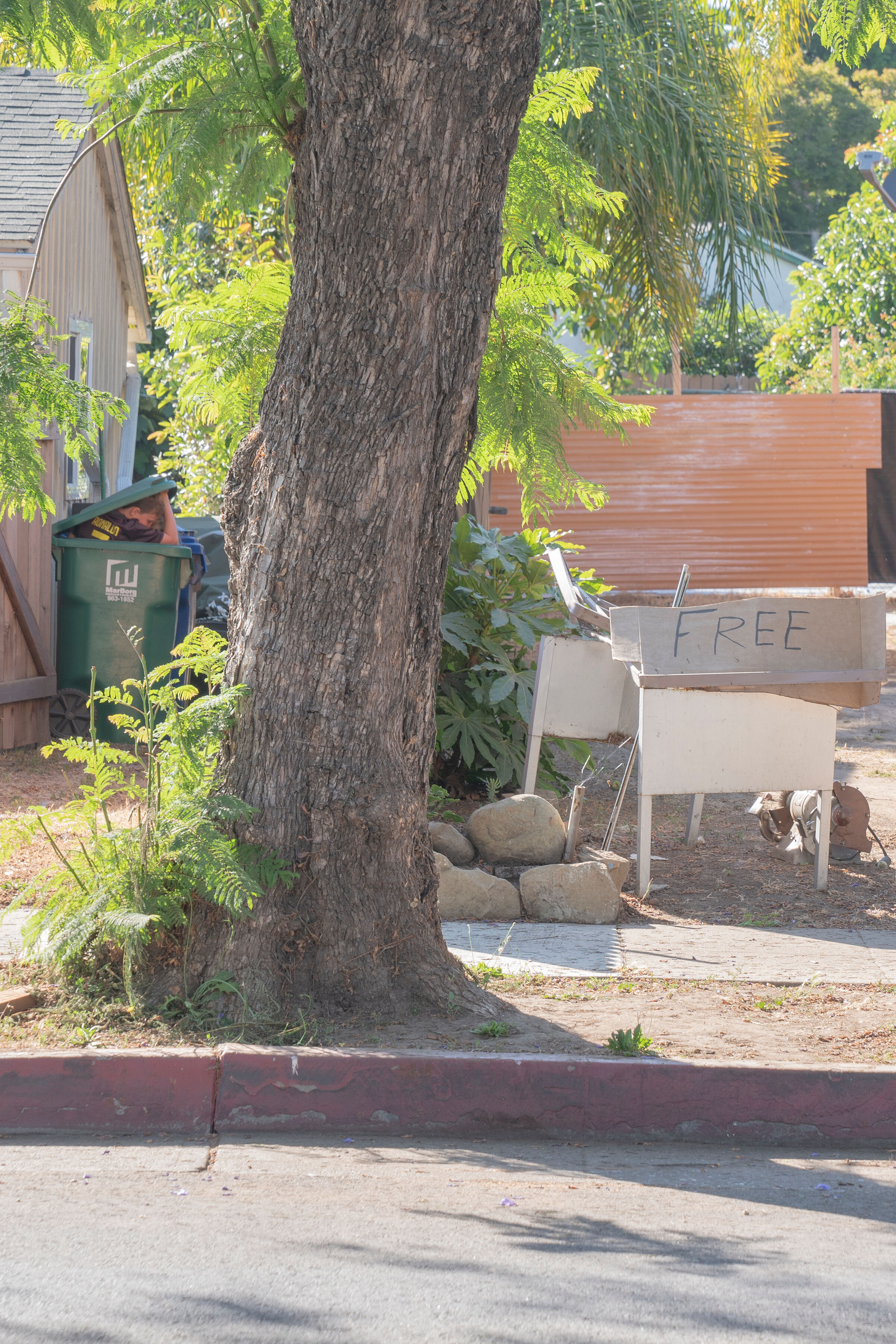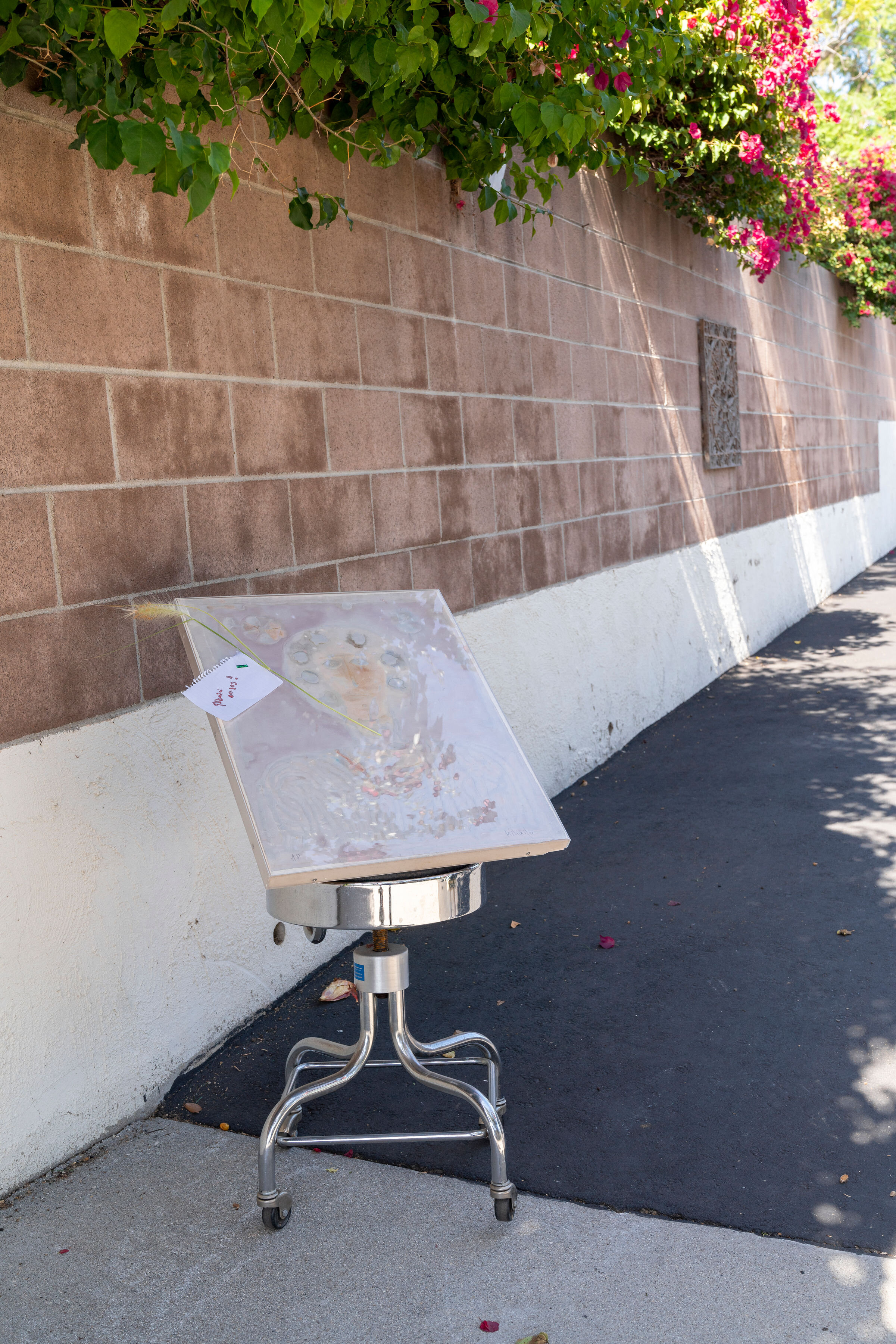Pandemic “Homework:” An Appraiser’s Personal Perspective on the Importance of Insurance Appraisals, Estate Planning, & Creating an Inventory
A Note From the Co-Editor: The Worthwhile Magazine editorial team extends our deepest sympathies to our contributor Dr. Elizabeth Stewart, AAA, on the recent death of her father from COVID-19. Dr. Stewart has written the following article to assist our readers both in the professional appraisal community as well as individuals who may find themselves facing similar situations, informed by the experience of dealing with her father’s estate and her years of expertise as a personal property appraiser. -Sarah Reeder, ISA CAPP, Co-Editor of Worthwhile Magazine
Two interrelated crises (one social and the other biological) challenge the way we deal with our home environments and how we tend our home and hearths. The recent loss of my father to COVID complications inspired me to write this article providing suggestions of ways to make yourselves invaluable during this pandemic.
My dad died two weeks ago without leaving any instructions about what is to be given to each of his five children. As an appraiser for decades, whenever I brought up the subject of an appraisal for equitable distribution, I caused him discomfort. Now we can’t even find his will….
This COVID experience has taught us that no one lives forever, and that certain tasks (insurance, heirship decisions, donations) are important!
Speaking to my community of fellow personal property appraisers, we have a professional obligation to increase the clarity of estate planning and protection of the items in our client’s homes. Now is the time for your clients (and perhaps even you) to take on some of those “home jobs.”
This article discusses the practical methods of what I’ve called “Homework,” which are topics you might talk about with your clients these days – insuring belongings, evaluating household valuables to be distributed after death, and the ins-and-outs of donations, not to mention the importance of an inventory. Appraisers are experienced “curators” of valuable objects! I like to say to my clients: “Now that we have a world to remake for ourselves today, let’s take care of the people and the objects that mean something to us.” I recently gave a lecture to a powerful businesswomen’s association about these timely topics, and everyone left with plenty of “Homework.”
The pandemic has created conditions where professional appraisers are even more instrumental than ever before in assisting their clients with these important tasks. I have adapted the observations in that presentation and shared them here in this article in hopes that it might help provide inspiration for my fellow appraisal colleagues as they convey their invaluable expertise to their own clients during this COVID-19 era, whether expressed in a letter, personal outreach, or online marketing.
Let’s become object-centered for a minute and consider a beloved object that that matters to you. Next, ask yourself how can you best curate that object, firstly, for your family and heirs, secondly, to give back to your community, and, lastly, to insure that object correctly?
I used the words “an object that matters,” because matter is at the heart of this discussion. Matter means qualified material. Materialism is a bad word, I am told. But we ourselves are made of matter, and those we love are also made of matter. I am here to say that it is not a bad thing to love what matters. Think of that object you pictured in your mind. I bet that object holds symbolism for you. Does it remind you of a person? A place?
An old expression that defines life is “people, places, and things.” Well, the people who used to be in our lives might disappear, like my dad, or have retreated to their own safe socially distanced home cocoons. The places we treasured might be in the past for a while as our physical travel is currently restricted. What’s left is things!
To be object-centered is a very old tradition going back to ancient Greece. The most materialistic goddess is the oldest goddess, Hestia. She is the curator of the family hearth and home; she holds the keys to the storeroom cupboards. And she is worshiped at the family heart. At the start of every ancient Greek legislative session, Hestia was honored, as the matriarch of the house took a coal or ember from her family hearth to the hearth of the polis, a fire that burned before the main senate house. The symbolism is such that if the home has no fire, no vitality, the state and people will not, either.
Without order in the home, no order may be achieved in the community. This bottom-up approach has also been historically applied in the rearing of children. Hestia was the ancient Greek role model for this approach. Care for your hearth and home expands into the community and into the “polis,” the Greek word for political body. And note the use of the word “body” here, also a reflection of the material nature of community. We invoke Hestia to our homes, where you are currently reading my words…
First, I want to speak about a nationwide phenomenon, which is that our neighbors are obviously sorting through their own cupboards. Have you noticed free stuff appearing out on your street? I have! These curbside displays fascinated my business partner John Flandrick, a professional photographer, and inspired him to prepare the series of photographs below documenting this trend. It seemed to John that objects were escaping their confines and reaching out to help, or delight, (or annoy), our neighbors.
Many clients of mine have called asking about the best avenues for donations. A wave of unwanted objects are appearing nationwide as people stuck at home sort through their belongings, which makes it a challenge to do good with donations of objects. We have so much stuff, and we don’t want to cause ecological damage with our unwanted items. The local Habitat for Humanity donation center where I am in Santa Barbara, California closed last week. Other organizations have a backlog of objects and are turning down donations. My friend Gloria at the Santa Barbara Unity Shoppe says she can’t clean all the objects that come to her shop, and she’s afraid for her own health.
Based on these current challenges, I have a number of strategies to suggest for donations.
First, use your network. Many organizations such have an online sharing platform, where members post photos of what they want to give or trade. I am involved with a neighborhood group here in Santa Barbara that has a platform for objects to be shared locally. Our condo association has identified family members of two retired gardeners who need objects. We share amongst the neighborhood and identify people we know who, for example, have lost jobs and could benefit from receiving certain items.
Appraisers can be very useful in helping individuals deepen their understanding about the items they intend to donate. In my own appraisal firm, if you are in question about the donation of a potentially valuable object, and don’t know its value, I have a free service where I evaluate an object earmarked for donations, and I have a form appraisal (restricted use) prepared for just this purpose.
Churches and other places of worship often have a few families in their congregation they are helping get re-established after suffering a hardship. Organizations like the Boys and Girls Club and Hospitality House need workable electronics for communication purposes. Homeless outreach programs need bedding. I suggest using your local community network and find a place that needs your objects, and make yourself the fairy godmother, or, better yet, the Hestia, because I bet each of us has gone through at least one drawer in these past five months!
I want to refresh your memory about donation of objects for a tax deduction. If you donate an object valued at $2,000-5,000, you might want an appraisal to accompany your IRS form 8283 for non-cash charitable contributions. If you donate an object valued at $5,000 or above you are required to have an appraisal. Also, speak to your accountant. Because of the new rules for limits on itemized deductions, you can’t itemize donations until you hit donations of over $24,400 if you are a married couple filing jointly. If you have no income, a deduction against your gross is generally pointless. But now is a good time to ask if your estate can use a deduction, especially if you have sold property with capital gains.
Why donate? While each circumstance is different, sometimes you can realize more gains if you donate than you can if you sold a certain class of object depending on what local sales options are available to you. For example, if you sold an 18th century English dresser where I am located in Santa Barbara, California, you might receive $200, and that would be liquidation value (some would call it a fire sale) simply because that style is not popular in locally. My region of California likes Spanish Colonial décor and Midcentury Modern and because 18th century English furniture is not favored here, people do not sell that class of object locally. However, if you donate that English 18th century chest, as an appraiser I would be sourcing comparable sales for a variety of markets. First I’d search for comparable sales locally. If I even could find an 18th century English dresser that had sold locally (a geographical prerogative is written into the definition of fair market value), I would use those comparable sales, but since those dressers typically do not sell here, I would likely have to find another market besides Santa Barbara to source my comparable sales. Remember the donation (if you itemize) is for federal tax deduction purposes, and, in cases like this, I often use nationwide comparable sales. As appraisers, we know that English furniture sells better and more frequently on the East Coast. My comparable analysis might include sales from the East Coast mixed in with other geographical areas, California included. Depending on the object types, in many situations there may be advantages to donating.
Now we will discuss the objects that you should keep for your heirs. These are the objects that matter to your family. How do you impress upon your children, especially your grown children, that these objects matter? When I’ve lectured on my book No Thanks Mom: The Top Ten Objects Your Kids Do Not Want, many in the audience laughed and could identify with those objects they have inherited that their kids have turned down. Fine formal china, Persian rugs, steamer trunks, silverplate, old photos and letters, books, figurines, heavy antique furniture, ancestor paintings! So how do you curate these objects so that your family understands that they matter when you leave this planet?
“The way to communicate the importance of objects is to tell their story! Without a narrative, what we appraisers call a “provenance,” the object is voiceless. ”
You achieve this goal by using the language of the times: technology. You photograph the object and make an archive on your computer where you describe the object, for example “This grandfather clock went around the Horn with Great-great-grandpa Horace in 1873.”
The way to communicate the importance of objects is to tell their story! Without a narrative, what we appraisers call a “provenance,” the object is voiceless. As an appraiser who employs a professional photographer and videographer, we have a service for this in my own firm which is overrun with requests these days. I call this service package “Safe Tapes,” and it is a recording of the head of the household reciting the provenance and importance to them of valued objects in the home. These recordings are then shared with heirs.
Another way to curate for your heirs is to simply press “video” on your phone and take a tour around your home, standing before objects that matter and telling us why. Recite all you know about the object. Speak of a value besides monetary value, because as trends change, monetary value changes. If you are safely able to have a professional appraiser on hand (remember appraisers are trained to look at objects in a certain way), you may also wish to have your appraiser join you in the recording, speaking to the connoisseurship details of particular cherished objects.
Now keep this archive somewhere not in your house. If you don’t feel comfortable storing things in the cloud, a flash drive in a safe deposit box is good option. My former mother-in-law in Scotland was pre-digital. She took masking tape and labeled each object that mattered with a name (to whom it was bequeathed) and provenance. When she died, the kids turned everything upside down, a giant Easter egg hunt, but it worked.
Now is the time to make an inventory, too. The inventory has two purposes: first, for your heirs, and second, for your own estate planning purposes. I am not an attorney and this does not constitute legal advice and should not be interpreted as such, but from my perspective as an appraiser, I strongly recommend that the most valuable objects should be discussed with your trust and estate attorney. He or she might suggest that you give objects away but retain them in your home before you leave this planet. Remember the impact of capital gains. A word with your tax attorney might be prudent if you own something that is extremely valuable. Of course, appraisers are also crucial to help determine which items may be extremely valuable.
This is also a good time to discuss with your tax attorney about what constitutes items bequeathed in your will that will flow through into your living trust. For example, if you own a great painting, it is important to coordinate with your attorney to assess the best way to incorporate the painting into your estate documents.
And of course, since I am an appraiser, now is a great time to order an appraisal! I often write appraisals for “Equitable Distribution” which means that I go through your collections, I identify fine art and objets d’art over a certain value, as a hypothetical example over $1,500 each, and I write about each, giving provenance and value in the current marketplace. At the end of this process, you and I and sometimes your trust attorney earmark selected and equally valued groups of objects to go to your heirs. Now you have avoided the fighting that I always witness amongst heirs.
Many of my fellow professional appraisers also prepare equitable distribution appraisals, so there is a good chance your local appraiser will be available to help you prevent fighting among your heirs.
A common question is “how shall I designate who gets first choice of the objects?” Now, at the beginning of such a family conference, the goal is to let the heirs see the dollar figures on the appraiser’s equitable distribution report, and at the end of the conference and choices, each sibling’s gifted amount is similar. But who picks first? Either you go by age, or you draw straws, as simple as that. The executor doesn’t go first or choose who goes first if you specify the selection method. Also, there’s the tried and true technique designed for these days when grown children do not want much of anything where you sell everything, and distribute the cash, as specified in your will. Or, you specify in your will that equality is the most important factor in distribution of valued objects. And you state: “in the event that one sibling wants nothing, the other siblings will pay him/her the dollar amount of the objects you have retained.” This is often difficult, because say that you own a valuable work of art by a living artist, and I set the value when I write your appraisal. When you leave the planet, this artist has since died, and we all know that values often jump when an artist has died. So, you specify in concert with your trust attorney when a work of art is to be valued, and there are rules for this and which specific effective date of valuation is appropriate.
Now is the time to think about these things because these past months of the pandemic have shown us that no one lives forever. My trust attorney friends are swamped with work because of this prevailing sentiment, and I myself have done hundreds of “distance” appraisals, accomplished via photographs. A statement offering guidance about remote inspections and distance valuations has been issued by the Appraisal Foundation of Washington, DC and can be read here. A good appraiser can be very effective appraising from photographs for many types of objects (and here I would refer you to my article about how to photograph items for an appraiser…)
The last topic is how to insure your objects. First, read your policy or speak to your agent/broker (you would be surprised how many people do not). Ask what scheduled rider coverage looks like. Ask just how much your homeowner’s policy covers for household jewelry, silver, electronics, various categories of objects, and then ask what the “contents” coverage is, because the categories I mentioned stand outside of the contents coverage. Ask what “depreciable” merchandise means, and the definition of “appreciable” contents. Ask if you are covered for actual cash value, replacement cost – new or used, or market value. All these are very different in the case of a loss.
The best insurance is for replacement cost new, but even that has wiggle room for the insurance company, because how do you receive reimbursement for an 18th Chinese Chippendale settee when it cannot be purchased new? The most important question, however, is what appreciable objects should be scheduled, and what the “floor” is, value wise, for scheduling? For example, my broker suggests that I schedule all appreciable fine art over $1,500. Now here’s a kicker: the definition of fine art varies by insurer. One client family was pleased to discover after local fires that fine art included their collection of Navajo rugs. Not every client was as pleased, however, with what their insurer thought of as fine art. Another client was dismayed to find out that “collectibles” and “fine art” were two different categories. So now is the time to ask for terms, definitions, and examples.
I am a big fan of separate rider policies with a separate insurer from your homeowner’s policy, plus an umbrella policy that covers all my other liabilities. Now is also a good time to ask for an appraiser review of your last appraisal for insurance purposes! If your contents and rider coverage has not been updated in the last three years, even though the policy specifies that each year the “cost of living index” percentage will be applied, that doesn’t matter much in certain categories of objects, because the market has undoubtably changed. Now is the time to have a quick conversation with your appraiser about the fluctuations lately in the market for high-end merchandise!
We have discussed that inventory that you have made for your heirs. Now you can return to that inventory to consider how it could be used for your insurance. You take photos or make a video much the same way for your insurance. However, there’s a fine shade of difference for this purpose.
For insurance, if you are taking them yourself rather than your appraiser, your photos or videos should always include scale (relative size) so take a measuring stick with you when you tour your home, and those photos need to include you in the image, as well as the setting of the work of art. Here’s why: the basis of all claims is that you owned that object at that address/location. Now is also a good time to ask your insurer if your storage locker is covered under your homeowner’s policy, because if you allowed your storage facility to insure the objects, you are pretty much sunk in the case of a loss.
If you have never had certain objects appraised for insurance purposes, now is a great time to ask for an insurance appraisal. You might say, “I had an appraisal for trust and estate purposes!” but insurance valuation methodology and levels of the market are very different from your appraisal for equitable distribution, trust, or donation purposes. For insurance appraisals, we use replacement cost (think retail value) versus trust appraisals where we use fair market value (the most common price paid – think auction market). Most families ask me to write both an estate planning appraisal and an insurance appraisal at the same sitting, because the inventory is the same, but the values change; the cost is less for my client because I am simply researching two markets for value, and not writing two inventories. Again, the key is that you understand that you direct what is listed: for example, “Elizabeth, my insurer wants all fine art and all collectibles scheduled over $1,500,” and “Elizabeth, my heirs are interested in your opinion of fair market value on all objects with a fair market value over $2,000.”
I like to say you can never be too flippant about insuring your valuables, because generally the insurance companies prevail (and I can tell you that at this very moment I am an expert witness appraiser in a 2017 fire court case).
In closing, now you quite literally have your “Homework.” As we clean up our homes, and curate wisely, let us appraisers help you complete it!
The information in this article is for general informational purposes only and is not considered legal advice or a legal opinion. In addition, topics may not necessarily reflect the most current economic, legal, and appraisal developments. Verify sources independently and seek the advice of an appropriate professional if needed.
Elizabeth Stewart, PhD, AAA is the owner of Elizabeth Appraisals in Santa Barbara, California and a Certified Member of the Appraisers Association of America. You can visit her website at https://elizabethappraisals.com.
© Elizabeth Stewart, PhD, AAA 2020


